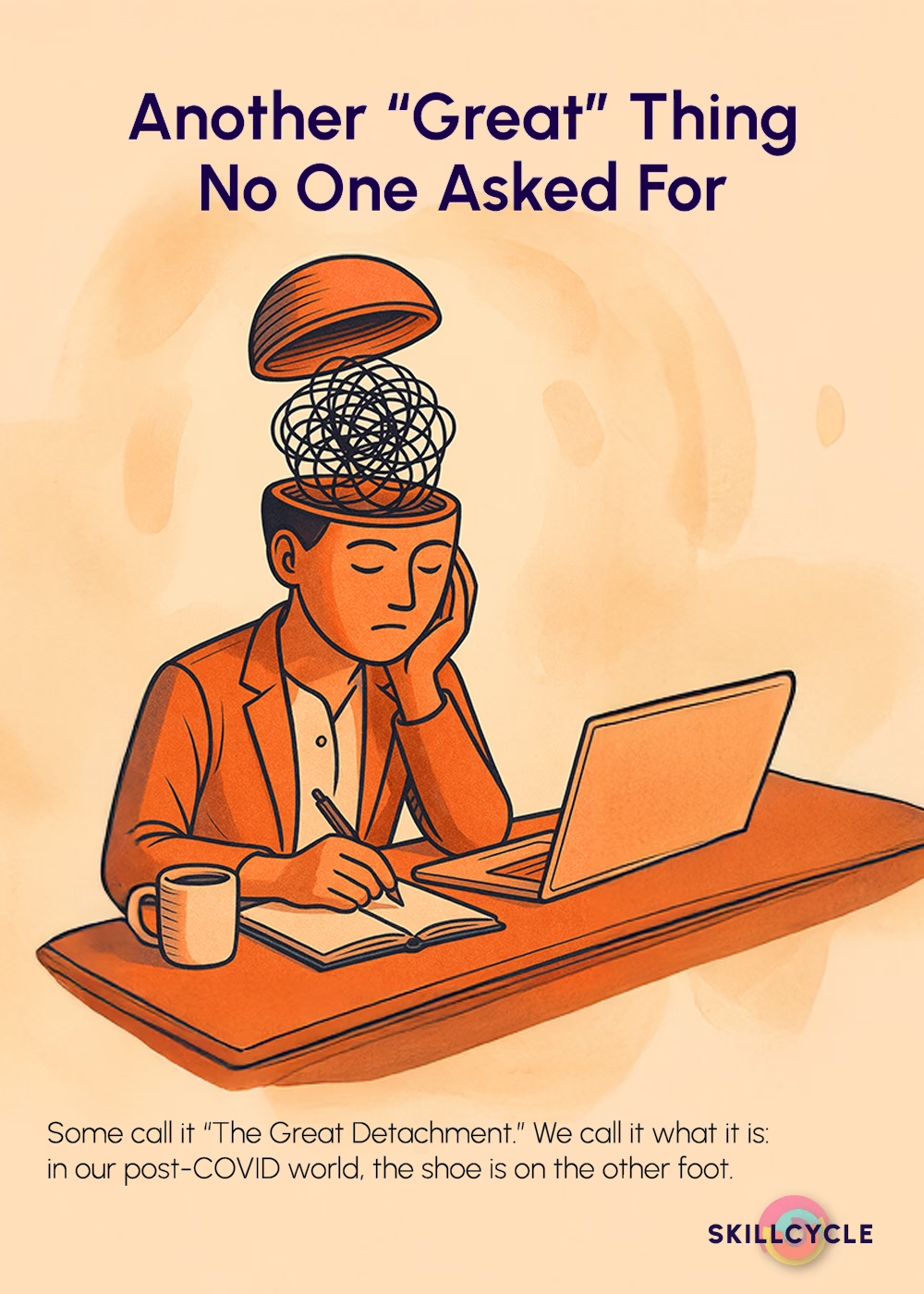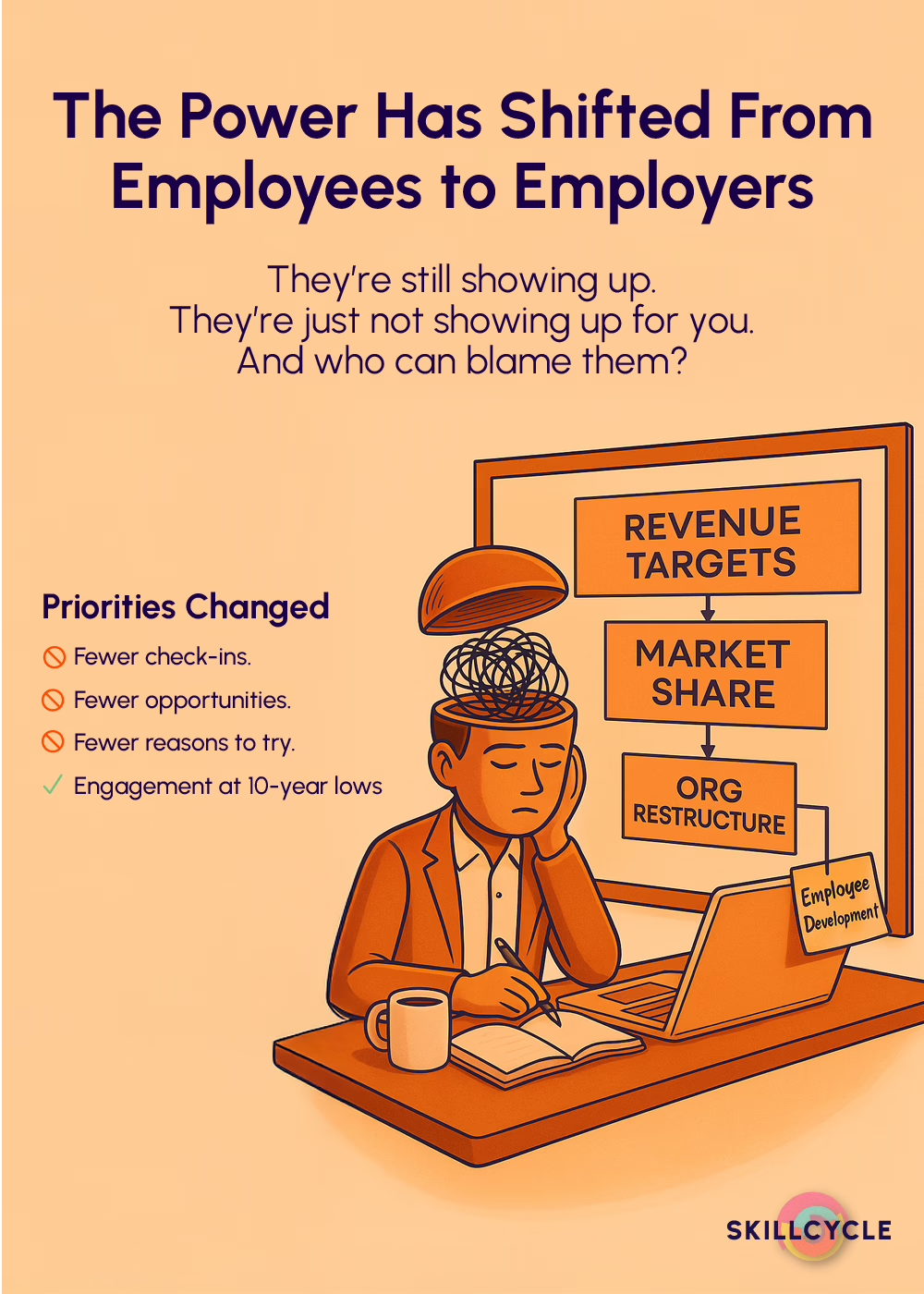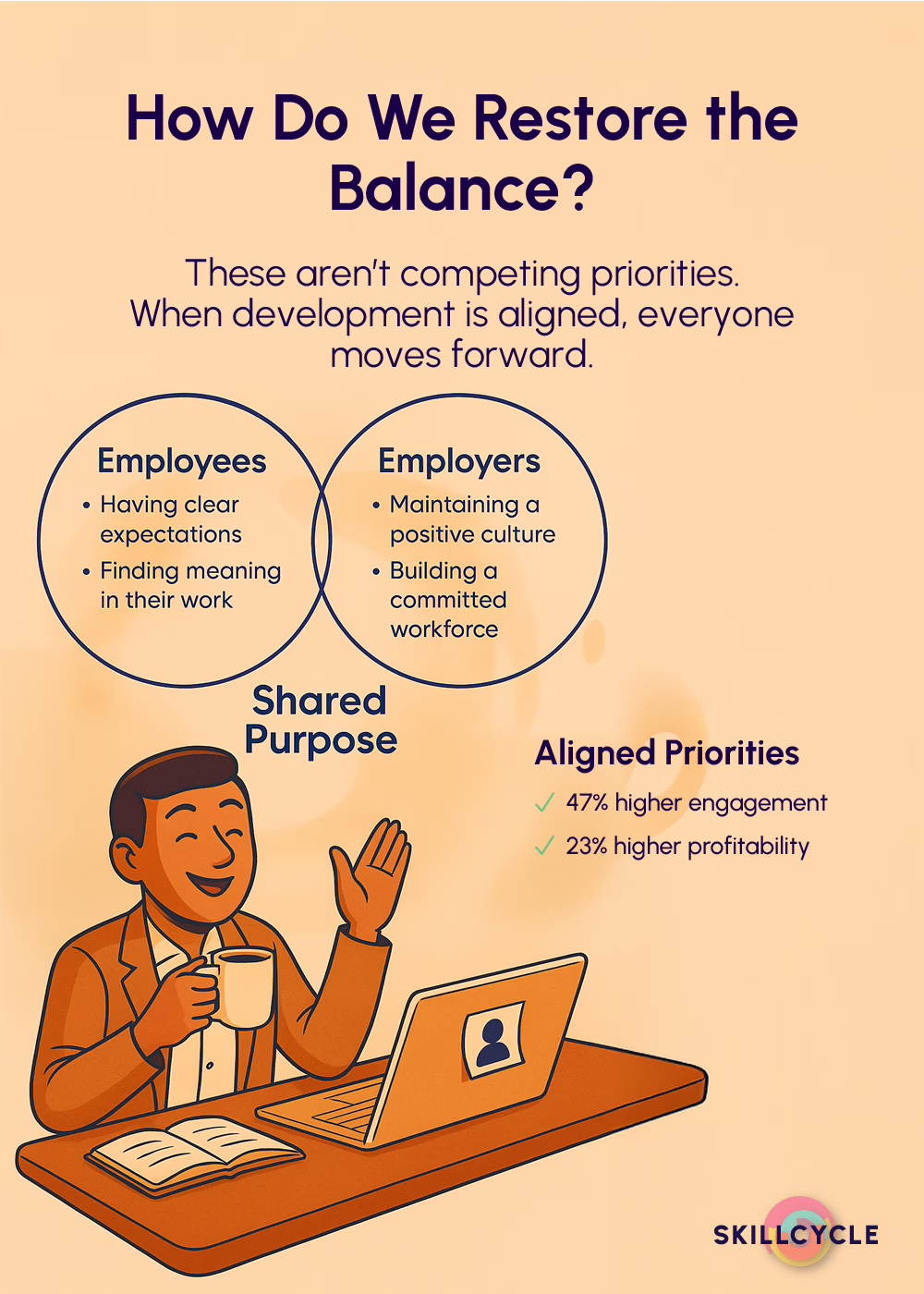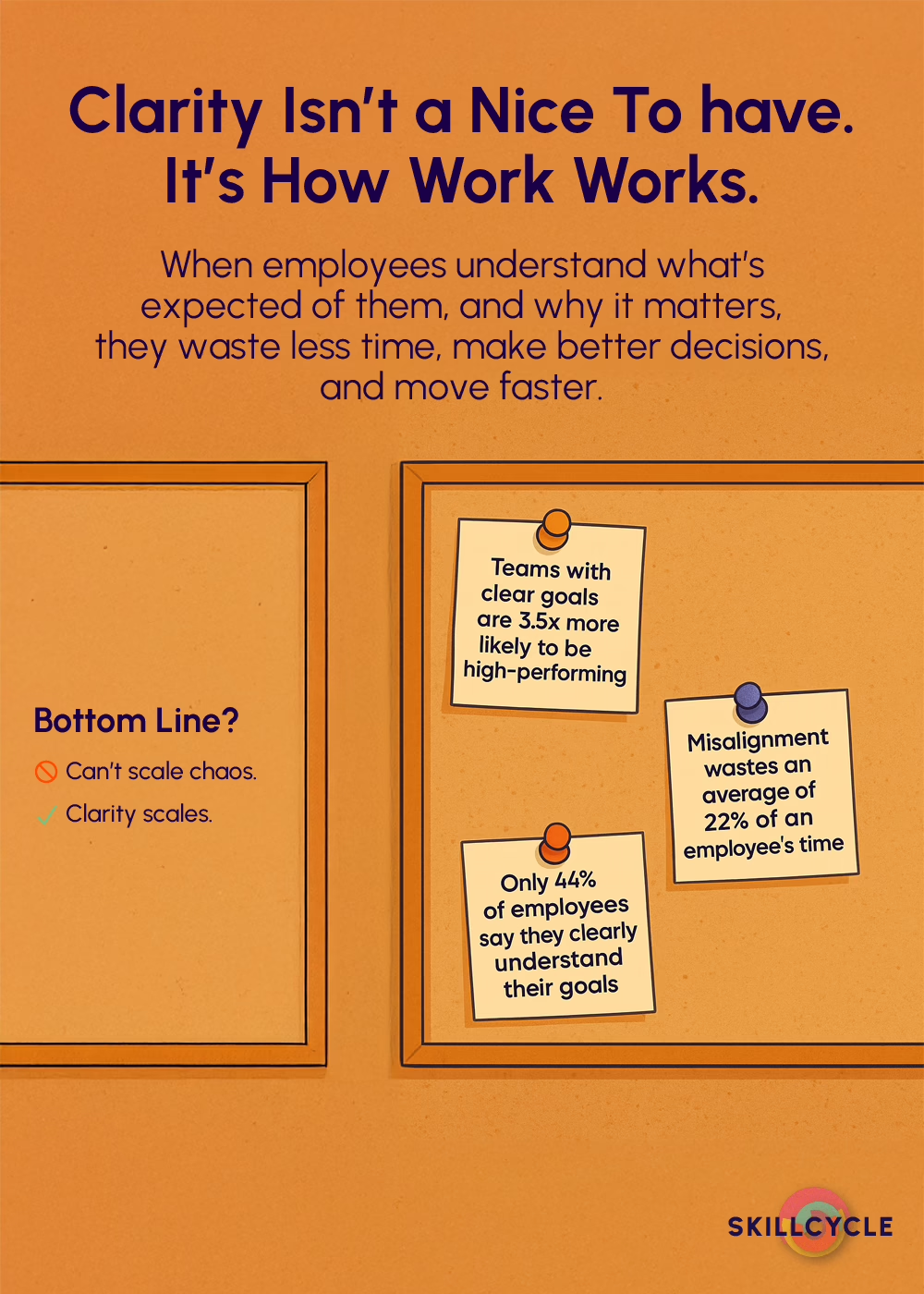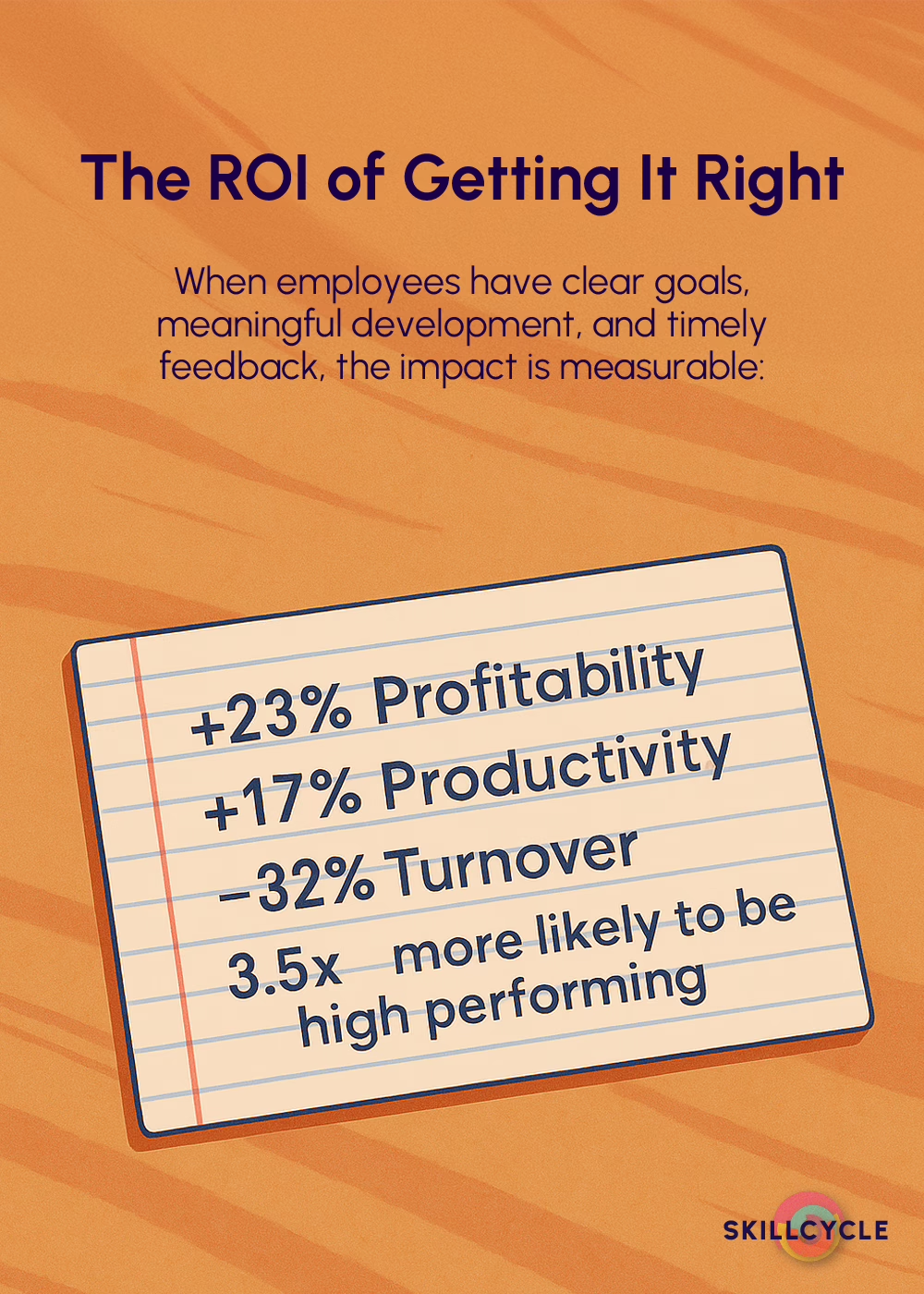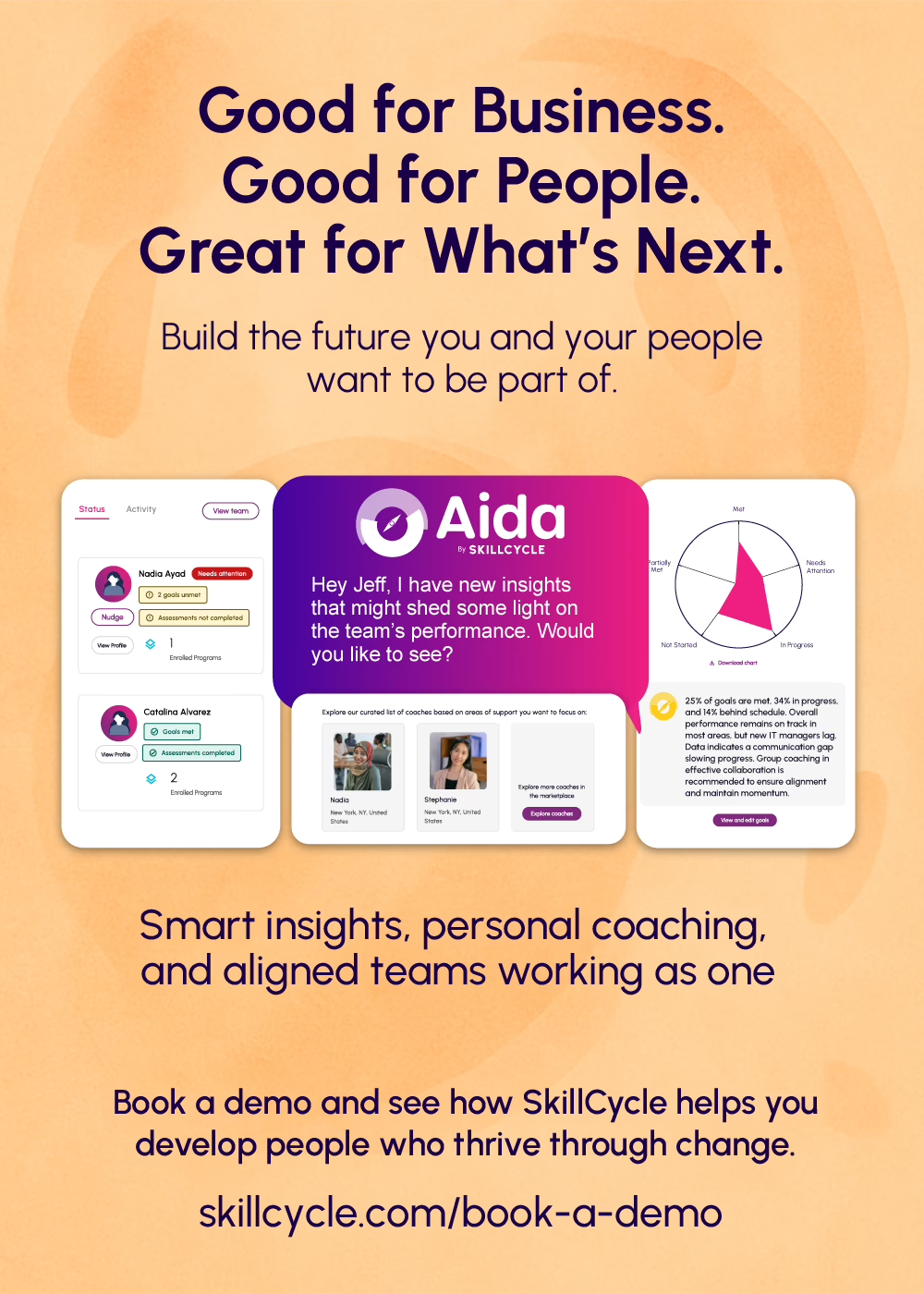April 17th, 2025 – By Rebecca Taylor, CCO and Co-founder of SkillCycle
HR has always lived in the middle. Caught between what employers want and what employees need. Between top-down mandates and bottom-up frustrations. Between the pressure to drive results and the responsibility to care for people. This eternal balancing act has defined the profession for decades, but lately, it has transformed into something more frenzied and unsustainable.
The world of work has whipsawed in recent years. During the pandemic, employees gained unprecedented leverage. Companies embraced flexibility, prioritized wellbeing, and genuinely seemed to care about creating human-centered workplaces. But as economic pressures mounted, that pendulum swung hard in the opposite direction. Suddenly, productivity metrics dominated boardroom discussions. Return-to-office mandates replaced conversations about work-life balance. Budgets tightened while expectations soared.
HR leaders find themselves bouncing back and forth between these competing priorities. One day, they’re champions of culture. Next, they’re cost-cutting enforcers. They’re asked to drive engagement while implementing layoffs, to nurture talent while freezing development budgets, to be strategic partners without strategic influence. The psychological toll of this constant repositioning is rarely acknowledged but deeply felt across the profession.
Now, artificial intelligence has entered the chat, adding yet another layer of complexity to an already impossible situation. Suddenly, the paddle that’s hitting the ball isn’t even human anymore. The very technologies meant to support HR are threatening to replace the human element that gives the function its name and purpose.
HR isn’t leading the future of work. They’re being volleyed around in it. It’s time to change that.
We’ve seen this pattern before. When any new technology emerges, there’s a predictable rush to implement it without fully understanding its implications. But AI represents something fundamentally different. It’s not simply automating tedious tasks or streamlining workflows. It’s being positioned as a replacement for core human functions within organizations.
Vendors across the HR technology landscape are racing to insert AI into every conceivable process. Performance management systems now generate feedback without manager input. Development platforms create learning paths without understanding individual context. Chatbots handle employee questions without recognizing emotional nuance. Recruiting algorithms make decisions without acknowledging the complexity of human potential.
This isn’t true innovation. It’s dehumanization wrapped in buzzwords and sleek interfaces. It’s technology deployed not to enhance human capability but to reduce dependence on human judgment. And it’s happening fastest in areas where human connection matters most: how we give feedback, how we develop talent, how we make decisions about people’s careers and livelihoods.
The narrative suggests that HR leaders have no choice but to accept this new reality. That resistance is futile, and adaptation means implementation without question. But this framing overlooks a crucial truth: HR still has agency in how these technologies are deployed, even when it doesn’t feel that way. The power to shape how AI influences workplace culture and employee experience remains firmly in human hands.
You may not have written the code, but you can rewrite the narrative.
Behind the breathless headlines about disengagement epidemics and productivity paranoia lies a more fundamental issue. The problem isn’t that employees have suddenly become resistant to work or that employers have turned callous overnight. The real issue is a profound misalignment between what organizations say they value and how they actually operate.
Employees aren’t checking out because they’re lazy or entitled. They’re withdrawing because they don’t see how their contributions connect to anything meaningful. When development plans feel generic and disconnected from business objectives, when feedback focuses on activity rather than impact, when progression criteria seem arbitrary rather than purposeful, disengagement is the natural response.
Similarly, employers aren’t evil for wanting measurable results and efficient operations. But when they pursue these outcomes by treating people as interchangeable resources rather than complex individuals with unique talents and aspirations, they create the very disengagement they’re trying to prevent.
The misalignment manifests in multiple ways. Company goals cascade down without context or clarity. Employee development happens in isolation from strategic priorities. Performance conversations focus on past failures rather than future growth. And technology is deployed to monitor and measure, rather than to enable and empower. The result is a workplace where everyone is moving but nobody feels like they’re making progress.
You can’t fix a human problem with automation alone.
The real opportunity isn’t in choosing sides or finding middle ground. It’s in creating something entirely new. When we step back from the back-and-forth, we can envision workplaces where development has substance beyond checkboxes and metrics. This isn’t about superficial engagement programs or fleeting initiatives that disappear with the next budget cycle. It’s about building environments where growth is multifaceted, where feedback loops connect to real outcomes, where technology serves human potential rather than diminishing it.
We believe in a future where development isn’t flat or one-dimensional. It’s rich with context, personalized to individual strengths, and connected to meaningful business outcomes. In this future, AI serves as an amplifier of human insight, not a replacement for human judgment. Performance and personal growth aren’t competing priorities. They’re complementary forces that work together when properly aligned. Efficiency doesn’t come at the expense of empathy. It creates space for more meaningful human connection.
What makes this vision possible isn’t just better technology, but deeper thinking about how people grow and why that growth matters to organizations. When development has depth and substance, it doesn’t just change behavior. It transforms how people see themselves in relation to their work. That transformation ripples outward, affecting everything from daily collaboration to innovation to customer experience.
We don’t need more dashboards. We need direction.
The next chapter of workplace evolution is already being written. The question isn’t whether change will happen, but who will shape it. HR leaders can either be handed the fallout of decisions made elsewhere or help architect something more sustainable, more human, and ultimately more effective.
SkillCycle exists to give HR the tools and authority to lead this transformation. We’ve built a platform that restores balance by connecting what often remains fragmented. Our approach brings clarity to goals and aligns them with broader company strategy. It enables personalized development at scale without losing the nuance that makes growth meaningful. It integrates real, human 1:1 coaching that creates lasting change rather than momentary improvement. And perhaps most importantly, it leverages technology as a support system for human connection, not a substitute for it.
This isn’t about incremental improvement to existing HR processes. This is about fundamentally reimagining how organizations nurture their most valuable resource. Their people. When development has substance, when growth has dimension, when feedback has context, work itself becomes more than just a transaction. It becomes a vehicle for both individual fulfillment and collective achievement.
The future of work shouldn’t feel like whiplash. It should feel like momentum. Let’s build something better than another Great [Insert Trend Here]. Let’s build what’s next. Together.
